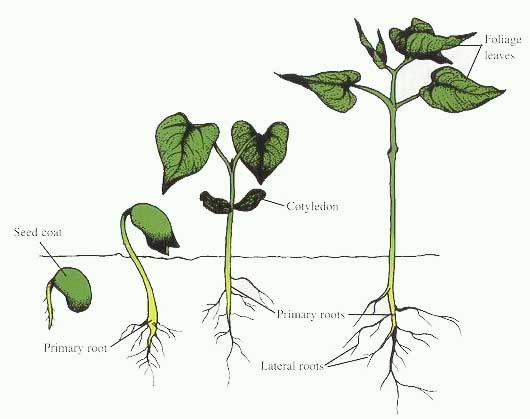Wednesday, January 27, 2010
Growing Sunflowers
Sunflowers like to be out during warm weather conditions.
These flowers were a main food crop for native people. Today, they are still grown for food. Their seeds are pressed into vegetable oil.
It's good to plant these seeds during the spring time. It's better to start indoors so that heavy dew or frost doesn't get on the tiny seedlings.
Sunflowers need well-cultivated (average to rich soil) Sandy soils are NOT recommended
It's both a fruit and a vegetable.
They are grown around the world.
Sunflower seeds are high in protein.
Depending on the type of sunflower it is, they can grow up to 20 feet tall
It was used to create dyes used for clothing, They were also used medicinally for ointments for snakebite remedies.
A screen is needed to cover these flowers because various creatures like to come and pick out the seeds off the sunflowers.
For the giant sunflowers, space them three feet apart in rows three to four feet apart.
They take 70-90 days to mature
They will grow their best in full sun
To harvest: Wait till flower has dried and extract the seeds by rubbing two flower heads together.
ttp://www.gardenersnet.com/vegetable/sunflowr.htm
-Growing Sunflowers
Thursday, January 21, 2010
Population's Affects On Food!
University, David Pimentel of Cornell. "FOOD, LAND, POPULATION and the U.S. ECONOMY." BRAIN FOOD TABLE OF CONTENTS. N.p., n.d. Web. 20 Jan. 2010. <http://dieoff.org/page40.htm>.
In this particular reading, it went into detail about the future of the world's food supply as well as population growth through graphs and statistics. The graphs explained what is estimated in the future. According to this site, it is estimated that approximately one acre of land is lost due to urbanization and highway construction alone for every person added to the United States population. Meaning that only 0.6 acres of farmland would be available to grow food for each American in 2050, as opposed to the 1.8 acres per capita available today. Also, because America is the “World's largest food exporter,” the future survival of millions of people around the world isn't promised if food exports from the U.S. were to come to a halt.
Jr, Joel K. Bourne. "National Geographic Magazine - NGM.com." National Geographic Magazine. N.p., n.d. Web. 20 Jan. 2010. <http://ngm.nationalgeographic.com/print/2009/06/cheap-food/bourne-text>.
A quote that I thought spoke true to the fact that we take food for granted is this, “It is the simplest, most natural of acts, akin to breathing and walking upright.” It's so true we don't even think about where the food were eating came from all we care about is how delicious it is and ceasing our hunger. It's also stated that in the past decade, the world has been consuming more food than it has been producing. We are selfish creatures that have a hard time looking beyond the “Now!” With the world population spiraling toward 9 billion, by the mid-century, experts say food production must be doubled by 2030. Meaning we need another green revolution-in half the original time.
Pimentel, David, Xuewen Huang, and Ana. "THE IMPACT OF POPULATION GROWTH ON FOOD SUPPLIES AND ENVIRONMENT." BRAIN FOOD TABLE OF CONTENTS. N.p., n.d. Web. 20 Jan. 2010. <http://dieoff.org/page57.htm>.
As I read this article, I gathered a more bias viewpoint concerning food scarcity. Both the World Bank and the United Nations say that 1 to 2 billion humans are now malnourished, which indicates a combination of insufficient food, low incomes, and an inadequate distribution of food. So basically depending on your status, the amount of food a person is able to intake is what its based on. It's also stated that 99 percent of the world's food supply comes from the land, while less than 1 percent comes from the oceans. With the growth of the human population it makes it harder to divide crops equally. A fact I've never heard of that is also another prime resource used for production is fossil energy. When it comes to developing third world countries, fossil energy is mainly what's used primarily for fertilizers and irrigation to help maintain yields rather than reduce human labor.

